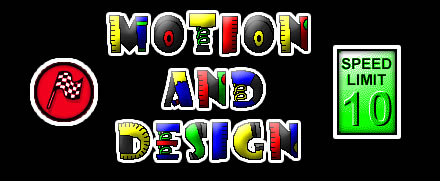
Lesson 6: Designing Vehicles to Meet Requirements

Pre-activities:
- The vehicle must move a distance equal to the height of the work space in four to six seconds.
- Review previous lessons: lesson 3—students learned that a lighter weight on the end of the string produced slower vehicle motion, lesson 4—heavier loads carried by the vehicle produced slower changes in vehicle speed.
- Give students a copy of the design challenge for this lesson (read aloud).
Activities:
- SCIENCE NOTEBOOK:
- Students write the question to be investigated in their science notebooks. Have students read the design challenge and develop the question themselves (based on the design challenge).
- Students complete a two-column chart in their notebooks: one column is labeled “what made our vehicle move slowly.” The other column is labeled “what made our vehicle move fast.” See page 65 of the teacher’s guide for ideas.
- Students then write a prediction about the vehicle (design and effectiveness).
- Students share responses with the class.
- During and after completion of the vehicle design, students will document the procedure used to create the vehicle. Students will also draw the final vehicle designed (if time allows).
- Students record the data and observations. This section includes observations/data from the vehicle trials.
- *Students also write conclusions about their vehicle design—explain how it worked well. If you were to do the investigation again what would you change about your vehicle and/or the design problem?
- SCIENCE NOTEBOOK: Students share vehicle designs with the class and complete the LOL in science notebooks. The LOL may also consist of a content blast.
- Groups that finish early will read the selection “Lunar Rover: Making Tracks on the Moon” on pages 26-27 in the student book.

